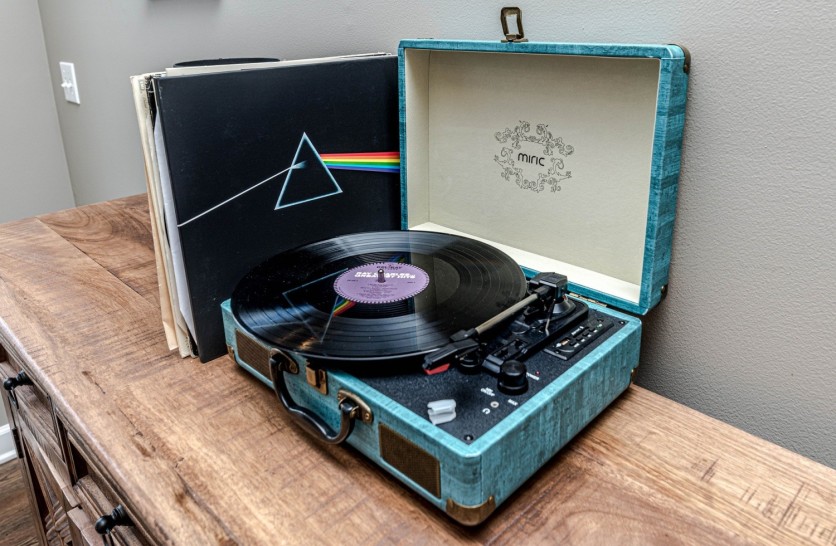Like many people throughout the world this spring, you may have traded your apartment in your cluttered - or redecorated - bedroom, as COVID-19 made many people back home to quarantine.

If those humans headed to the basement for a brief break out from feeling like a child once more, perhaps they observed their parents' record collection. While some of those LPs and vinyl had better days, most of those data might be scratch-free.
More than a decade ago, these plates might've been a mystery, left sequestered in the basement. However, as the gospel has spoken: vinyl is back! Heck, you probably even have your very own collection that you schlepped back home to suburbia with you.
These song-stuffed discs have flown to outer space, outlived both the Walkman and the iPod, and now can be the last hope of bridging the gap with one's parents while holed up with them once more.
While technology, just like the mp3 and streaming looked poised to ship vinyl into extinction, a new innovation in document gamers and virtual assets for lovers, has saved those oldies from obscurity. If anything, vinyl is now a token of one's appreciation like a vessel for the art.
The origin
During the Great Depression and World War II, people were growing tired of listening to whatever track took place through their family's bookcase-sized radio.
Borrowing from the older gramophone era, report companies in the 1930s started manufacturing compact discs made from a brittle animal resin and a vinyl. They might engrave some songs on it by making small grooves in the material. For decades, they thrived.
The quickly evolving music era in the 1980s nearly moved data into the bin of history.
The trouble
The trouble started in the '80s with cassette tapes, then CD-playing Walkmen in the '90s, and the iPod classic in 2001.
While die-hards believed vinyl records had a better sound, the emergence of the portable song provided something that vinyl couldn't. That is mobility. Why live at home and listen for your albums on vinyl while you could take it with you?
To force the comparison home, this 160GB iPod Classic could keep 40,000 songs, the equivalent of more than 3,000 vinyl records. These might weigh about 1,400 pounds.
Less than a million vinyl records were sold within the U.S. In 2006, as compared to 39 million iPods worldwide. However, the tide has turned in years.
How tech saved vinyl
In 2008, vinyl saw its first increase in sales since 1984, with an 89 percent boom in income. For a music market saturated with easy to find and listen to music, the thrill of sifting through record stores or your parents' collection supplied a quick respite from the din of virtual life.
While vinyl's return to stardom has been based on nostalgia to start, the technology quickly rose in place to secure its place in the digital world. Companies like Crosley started designing Instagram-friendly record players. Records began popping up in music stores, Amazon and at mall stores frequented through college students, like Urban Outfitters.
The previous years have also seen a new form called HD vinyl. According to The Verge, HD vinyl works by converting audio to a 3D topographic map, then stamping this map onto a vinyl disc. Using this approach, the creators say that records could have 30% more song space, 30 percent louder sound, and more true sound quality.
The future
How long will this new vinyl enthusiasm remain? Who can say? But for now, many audiophiles are thankful for the ways this generation has adapted to new digital habits. And for how it connects users across generations, specifically in times while we want to the most.
ⓒ 2025 TECHTIMES.com All rights reserved. Do not reproduce without permission.




